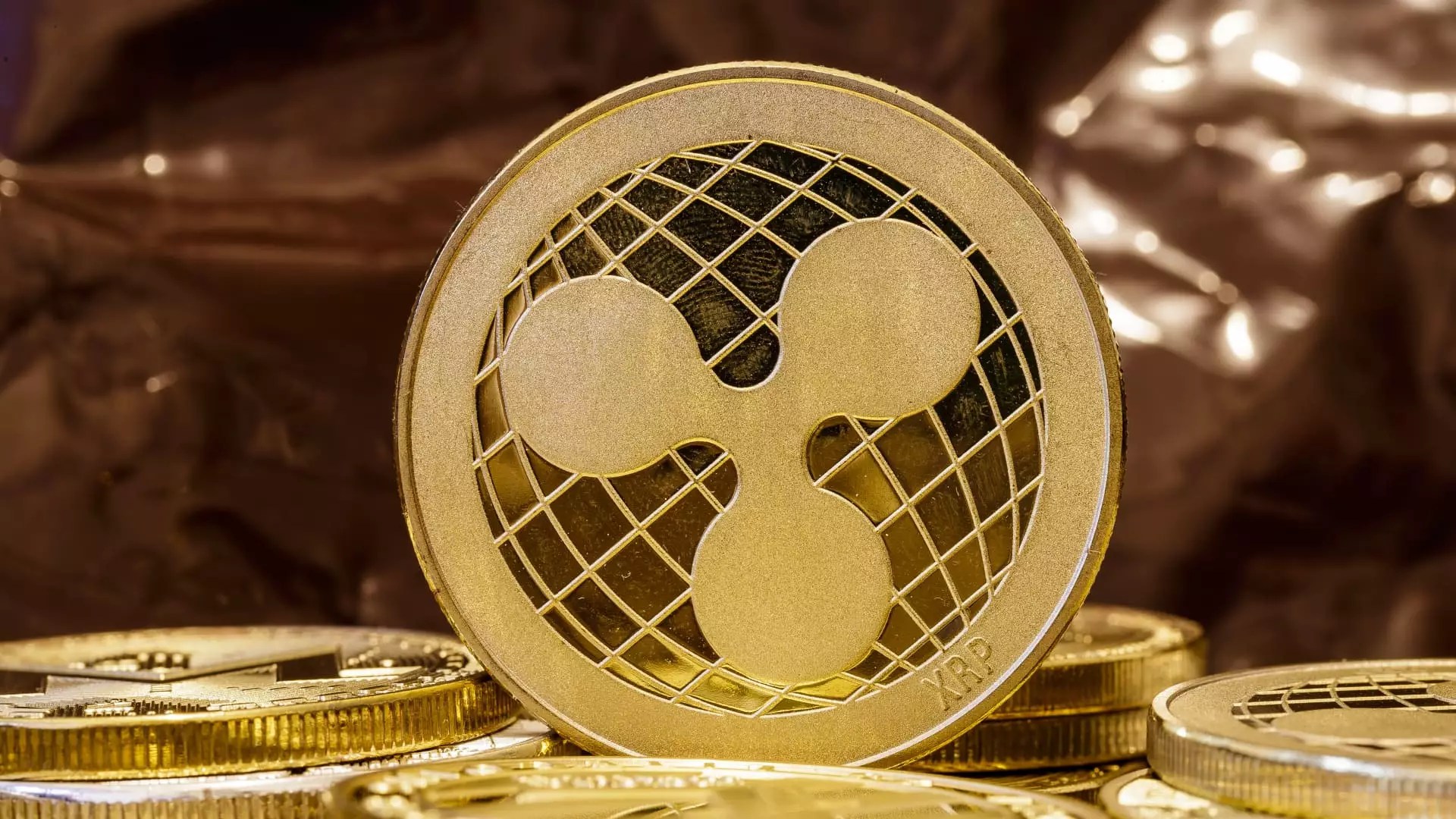The cryptocurrency universe is often fraught with volatility, raising questions about its regulatory landscape and the legitimacy of its various stakeholders. However, recent remarks by Ripple CEO Brad Garlinghouse illuminate a pivotal moment for not just Ripple, but the entire cryptocurrency industry. Following the U.S. Securities and Exchange Commission’s (SEC) unexpected decision to cease its appeal against Ripple, XRP surged dramatically—evidently by about 10% to $2.49. The symbolism of this ascent cannot be overstated. After nearly four tumultuous years of legal battles, the crypto sector might finally have a beacon of hope, provided that the industry and its leaders advocate for more transparency and fair regulations.
The Ripple Effect of Regulatory Bypass
Garlinghouse lamented that the SEC’s attacks over the years highlighted a “broken system.” It’s hard to disagree with this sentiment, particularly considering the opacity and unpredictability of the regulatory environment surrounding cryptocurrencies. For far too long, the SEC has acted as a hare in a tortoise race—aggressively pursuing companies while the rest of the world rapidly adopts blockchain technology. The notion that there were no victims or investor losses in the Ripple case makes the SEC’s intervention appear even more senseless. As Garlinghouse himself pointed out, activists within the agency did not act in good faith as they pursued a vendetta against cryptocurrencies.
With Ripple’s partial courtroom victory affirming that XRP is not a security when sold to retail investors, the question arises: will the SEC learn from its missteps? The agency seems to be on the verge of a new direction, as illustrated by its recent cessation of enforcement actions against companies like Coinbase and Uniswap. Nonetheless, skepticism remains high, particularly given the SEC’s prior record that aggressively targeted companies without adequate justifications. This pivot signals a potential thaw in the previously charged relationship between regulators and the cryptocurrency sector.
Moving from Adversity to Opportunity
XRP didn’t just survive; it thrived—boasting an astonishing 385% increase since the election, underscoring how resilient cryptocurrencies can be under duress. But this meteoric rise is not merely a boon for Ripple but an indicator of how the market reacts to regulatory clarity. Other cryptocurrencies must watch closely, especially as the SEC embarks on a dialogue to clearly define the security status of digital assets.
As Ripple’s legal woes began to fade, the industry is likely to experience a wave of renewed interest and investment. With Ripple at the forefront, the conversation about the role of innovation versus regulation in the crypto space is rejuvenated. It’s an ongoing struggle to balance protecting consumers while not stifling technological advancement, but right now, Ripple’s experience could serve as a case study for other firms navigating this treacherous terrain.
While the market remains unpredictable, XRP’s recent revival symbolizes the potential to flourish against a backdrop of impending legislative clarity. This moment signifies more than just the triumph of one company over regulatory hurdles; it symbolizes the resilience of an entire industry that, despite ad hominem attacks from regulatory bodies, can continue to advocate for itself in the arena of innovation.


Leave a Reply